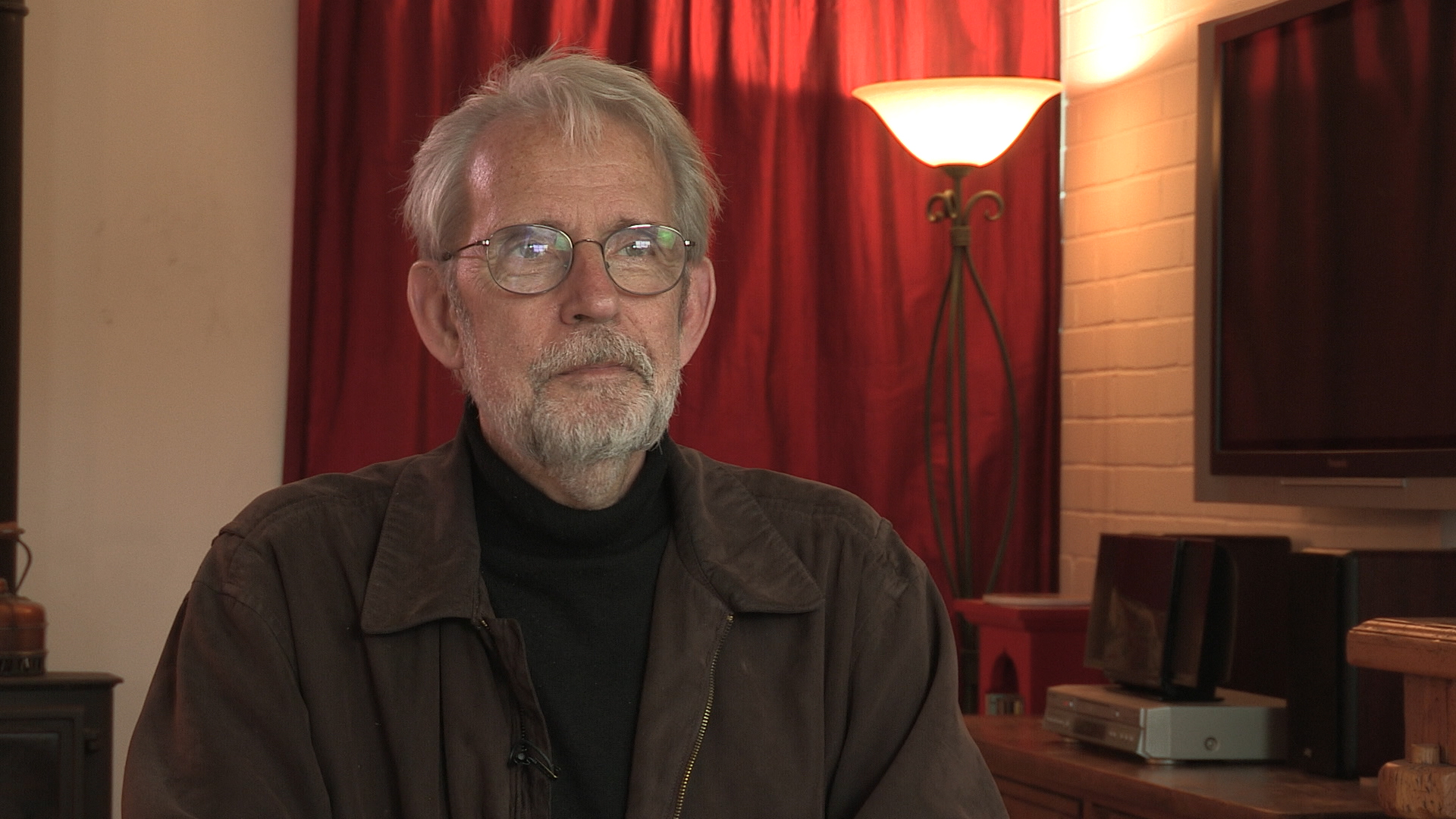NEXT STORY

How the brain processes image and sound
RELATED STORIES

NEXT STORY

How the brain processes image and sound
RELATED STORIES


|
Views | Duration | |
|---|---|---|---|
| 31. Filming THX 1138 | 1 | 118 | 02:53 |
| 32. Unusual job offer from George Cukor | 1 | 105 | 03:12 |
| 33. Learning how to wrap expensive gifts | 1 | 96 | 01:46 |
| 34. 'Never complain, never explain' | 1 | 158 | 01:01 |
| 35. Signe Hasso's wrong present | 1 | 84 | 03:28 |
| 36. Old and New Hollywood | 1 | 103 | 01:20 |
| 37. Coughing fits during sound mixing | 1 | 93 | 04:32 |
| 38. Francis Ford Coppola maces his crew | 2 | 111 | 01:53 |
| 39. How the brain processes image and sound | 1 | 122 | 03:33 |
| 40. Movies sound better in colour | 1 | 97 | 03:01 |


At 3:30 in the morning, Francis [Ford Coppola], who was a voice in the darkness of the room behind me, said, 'It was me.' And... What, what? 'It was me.' 'What do you mean, Francis?' 'I was the one who caused the problem.' 'What, what problem?' 'That problem, with the breathing.' 'What do you mean?' And he said, 'Today, I went to a store...' He was doing research for the script of The Conversation. And he went to a store that sold all kinds of mysterious security, eavesdropping stuff. And on an impulse, he bought a ballpoint pen that had a cylinder in it that was filled with mace, pepper-spray kind of a thing. And he absentmindedly, as he was watching the mix, took the ballpoint pen out of his pocket, and as you do with ballpoint pens, was going, clickety-click, clickety-click, clickety-click, clickety-click. Each time he clicked it, it was releasing a little puff of mace, until finally, the puffs built up to the level that they suddenly attacked us, and we jumped out of the room. So it was an interesting premonition of, sometimes, the relationship between director and everyone else on the crew. The director in this case is capable, absentmindedly, of macing his crew while they are rushing to meet a deadline that is an implacable deadline.
Born in 1943 in New York City, Murch graduated from the University of Southern California's School of Cinema-Television. His career stretches back to 1969 and includes work on Apocalypse Now, The Godfather I, II, and III, American Graffiti, The Conversation, and The English Patient. He has been referred to as 'the most respected film editor and sound designer in modern cinema.' In a career that spans over 40 years, Murch is perhaps best known for his collaborations with Francis Ford Coppola, beginning in 1969 with The Rain People. After working with George Lucas on THX 1138 (1971), which he co-wrote, and American Graffiti (1973), Murch returned to Coppola in 1974 for The Conversation, resulting in his first Academy Award nomination. Murch's pioneering achievements were acknowledged by Coppola in his follow-up film, the 1979 Palme d'Or winner Apocalypse Now, for which Murch was granted, in what is seen as a film-history first, the screen credit 'Sound Designer.' Murch has been nominated for nine Academy Awards and has won three, for best sound on Apocalypse Now (for which he and his collaborators devised the now-standard 5.1 sound format), and achieving an unprecedented double when he won both Best Film Editing and Best Sound for his work on The English Patient. Murch’s contributions to film reconstruction include 2001's Apocalypse Now: Redux and the 1998 re-edit of Orson Welles's Touch of Evil. He is also the director and co-writer of Return to Oz (1985). In 1995, Murch published a book on film editing, In the Blink of an Eye: A Perspective on Film Editing, in which he urges editors to prioritise emotion.
Title: Francis Ford Coppola maces his crew
Listeners: Christopher Sykes
Christopher Sykes is an independent documentary producer who has made a number of films about science and scientists for BBC TV, Channel Four, and PBS.
Tags: Francis Ford Coppola
Duration: 1 minute, 53 seconds
Date story recorded: April 2016
Date story went live: 01 March 2017